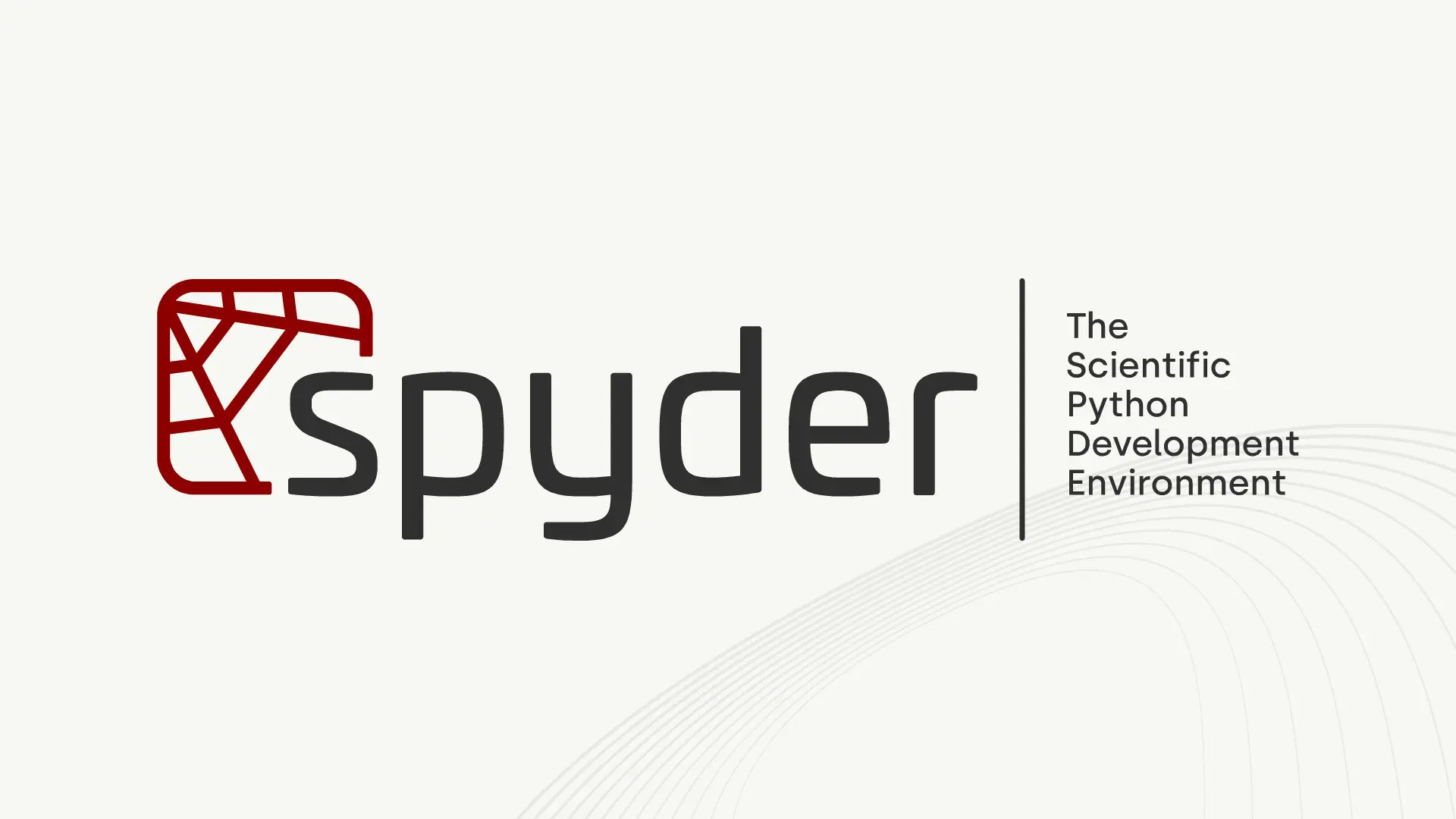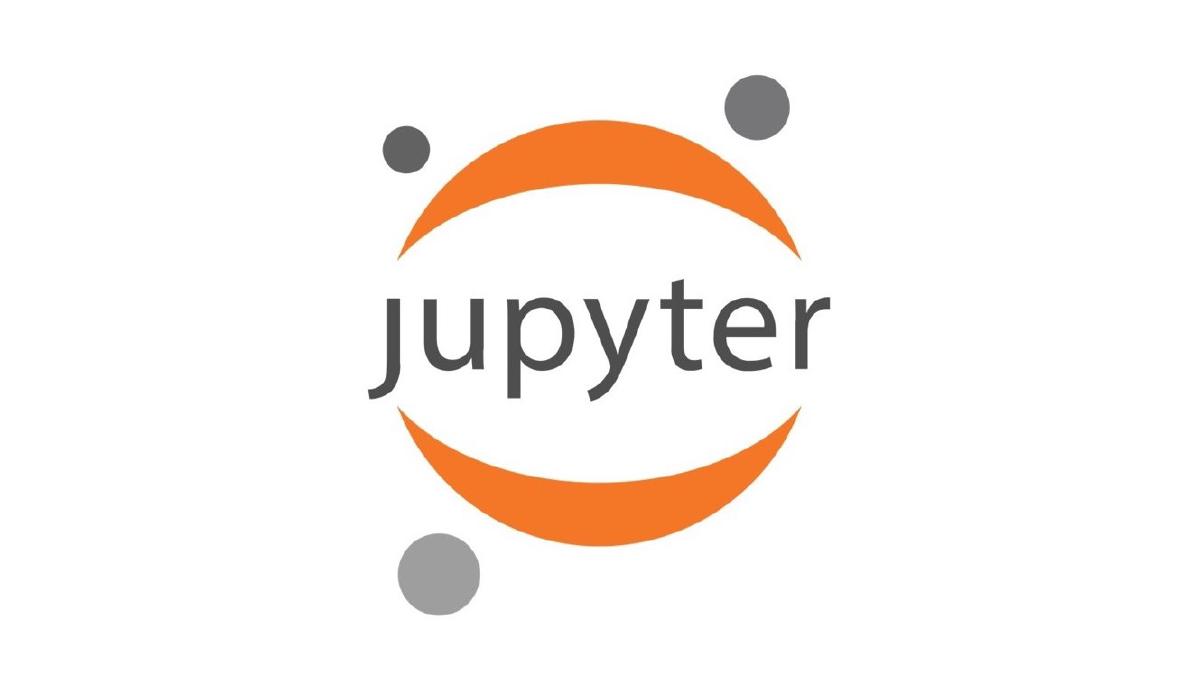Top 5 Best IDEs to use for Python in 2024
A brief discussion about which IDE to use while working with Python, based upon your development requirements
Introduction
Python is one of the most popular programming languages and choosing the right Integrated Development Environment (IDE) is essential for an efficient workflow. Whether you are a beginner or an experienced developer, choosing the right and best IDE is important because each developer's needs are unique, whether working on scientific projects, professional applications, or simple scripts.
Now, let’s check out the top 5 best Python IDE as of 2024. But keep in mind, among these none of these IDEs are significantly better or worse than the other. It’s just that, each one of them serves a specific purpose based on the needs and circumstances of the programmers.
PyCharm
Best for: Professional development and large-scale projects.
Developed by JetBrains, PyCharm is one of the most popular Python IDE, offering a feature-rich experience with an emphasis on productivity. It is designed with professional developers in mind, with features that make it ideal for working on larger projects.
Key Features:
PyCharm provides an advanced code editor with code completion, real-time error checking, and linting.
It has powerful refactoring and debugging tools.
It has scientific library support, ideal for data science and machine learning.
Contains integrated tools for version control (Git, SVN).

Pros:
PyCharm supports smart code navigation and quick fixes.
Easy integration with Python packages and virtual environments.
Professional version supports web development frameworks like Django and Flask.
Cons:
PyCharm can be heavy on system resources, especially for older machines.
The Professional edition of PyCharm is paid.
VS Code
Best for: Developers looking for a flexible, cross-language environment.
Microsoft’s VS Code is one of the most popular go-to option for every developers for its extensive customization and support options. Though not an IDE by default, it offers excellent support for Python with the addition of extensions.
Key Features:
VS Code supports Python through the Python extension, which includes IntelliSense, debugging, and more.
It has extensive library of extensions for different programming languages, including support for Git, Docker, and Jupyter Notebooks.
Also, it has built-in terminal and Git integration.

Pros:
VS Code is lightweight and open-source, with regular updates.
It’s highly customizable with a wide range of themes and settings.
It’s suitable for multiple languages, making it a great all-rounder.
Cons:
VS Code requires extensions to achieve full functionality, which may be overwhelming for beginners.
It lacks some built-in Python-specific features that a dedicated IDE might offer.
Spyder
Best for: Data science and scientific computing.
Spyder is specifically designed for data science and comes pre-packaged with tools that make it easy to work with data analysis and machine learning libraries. Often enough, it is bundled with Anaconda, a popular Python distribution for data science.

Pros:
It is free and open-source.
It’s ideal for data scientists, with built-in support for libraries and tools they frequently use.
Additionally, the variable explorer of Spyder is way better than the other counterparts; and it allows you to interactively browse and manage the objects generated running your code.
Cons:
Spyder is not suitable for web development or general-purpose programming.
It provides limited features for large-scale software engineering projects.
Jupyter Notebook
Best for: Interactive data analysis, machine learning, and research.
Jupyter Notebook has become a staple in the data science community due to its interactive nature. The best thing about Jupyter is, it allows developers to write code, run it, and view the output in the same environment, ideal for experimenting and sharing insights. It is one the best Python IDE used by many developers.
Key Features:
Code cells allow running small chunks of code independently, which is great for prototyping.
Markdown cells enable easy documentation alongside code.
It has excellent support for data science libraries and data visualization.

Pros:
Jupyter is perfect for exploratory data analysis and visualization.
It’s easy to share and document work, making it suitable for collaborative projects.
Cons:
It is not designed for full-scale application development.
Using Jupyter, managing larger projects and multiple files can be challenging.
Thonny
Best for: Beginners learning Python.
Thonny is the best Python IDE tailored for those just starting with Python. IT is simple, beginner-friendly, and also, it comes with an easy-to-use interface and includes debugging tools that make it ideal for students and those who are new to coding.
Key Features:
Thonny provides easy debugging with visual step-through for each line of code.
It is a simple editor that eliminates distractions for beginners.
It includes Python installation, so users don’t need to worry about setting up Python separately.

Pros:
It’s user-friendly and free to use.
The step-through debugging that it provides helps beginners learn the basics of Python.
Cons:
It has very limited functionality for advanced projects.
The extensions and customization options are limited.
Conclusion
I hope, by now, you all will have clarity over which IDE suits you the best. There isn’t any single best IDE, but based on your requirements and circumstances, you have to make the choice of which IDE to use or not. There are many more IDEs on the market other than these five, which I’ve mentioned here; but these are the most popular ones and loved by many developers and programmers, and provides the best possible experience for its target audience. You may also explore other options too, if you feel that these aren’t perfectly fulfilling your needs.
And finally, thank you for reading the blog! I hope you found it informative and valuable. For more information, follow me on Twitter (swapnoneel123) where I share more such content through my tweets and threads. And, please consider sharing it with others on Twitter and tag me in your post so I can see it too. You can also check my GitHub (Swpn0neel) to see my projects.
I wish you a great day ahead and till then keep learning and keep exploring!!

